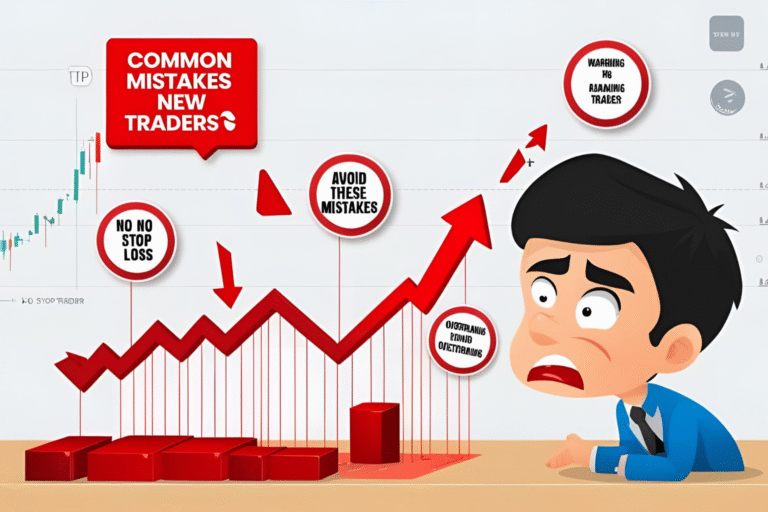How to Build a Trading Plan as a Beginner
A solid trading plan is the blueprint for success in any market—whether you’re trading stocks, crypto, forex, or futures. Without a plan, you’re relying on guesswork and emotions. With a plan, you trade with purpose, consistency, and confidence. This beginner’s guide will walk you through the essential components of a simple yet effective trading plan.
1. Set Clear Trading Goals
Start by defining what you want to achieve. Are you trading for daily income, long-term growth, or skill development?
Questions to ask:
- How much time can I dedicate to trading daily or weekly?
- What is my monthly profit target?
- Am I focused on day trading, swing trading, or long-term investing?
2. Choose Your Market and Instruments
Decide which markets and assets you will trade. Avoid jumping between too many instruments.
Beginner Tip: Start with 1–2 markets such as:
- U.S. stocks (e.g., AAPL, SPY)
- Major forex pairs (e.g., EUR/USD)
- Top crypto assets (e.g., BTC, ETH)
3. Define Your Trade Setup Criteria
This is the heart of your trading plan. Describe the conditions that must be met before you take a trade.
Example setup:
- Trend confirmed with 50-day moving average
- RSI crosses above 30 (oversold)
- Breakout above resistance on high volume
Bonus: Include a checklist to keep your entries consistent.
4. Establish Risk Management Rules
Every trade should have a stop-loss and position size based on your account balance.
Key rules to include:
- Risk no more than 1–2% per trade
- Use stop-loss orders to cap losses
- Target at least a 1:2 risk-to-reward ratio
5. Create a Trade Execution Process
List exactly how you’ll enter, manage, and exit trades.
Example:
- Place limit order after confirmation candle
- Move stop-loss to breakeven after 1:1 profit
- Exit at target or close early if reversal appears
6. Track and Review Your Trades
Keep a trading journal where you log:
- The reason for entry
- Trade outcome
- What you did well and what to improve
Review your journal weekly to adjust your plan and build discipline.
FAQs
Why do I need a trading plan?
It removes emotion, increases consistency, and helps you stay focused on strategy over impulses.
Can I trade without a plan?
You can—but you’ll likely face inconsistent results and emotional stress. A plan is essential for growth.
How detailed should my trading plan be?
Start simple. One page covering goals, strategy, risk, and journaling is enough for beginners.
Should I adjust my plan often?
Only after reviewing performance data over several trades. Avoid changing rules based on a few losses.
Do I need separate plans for different markets?
If you’re trading very different assets (like crypto vs futures), yes. But the core principles will stay the same.




